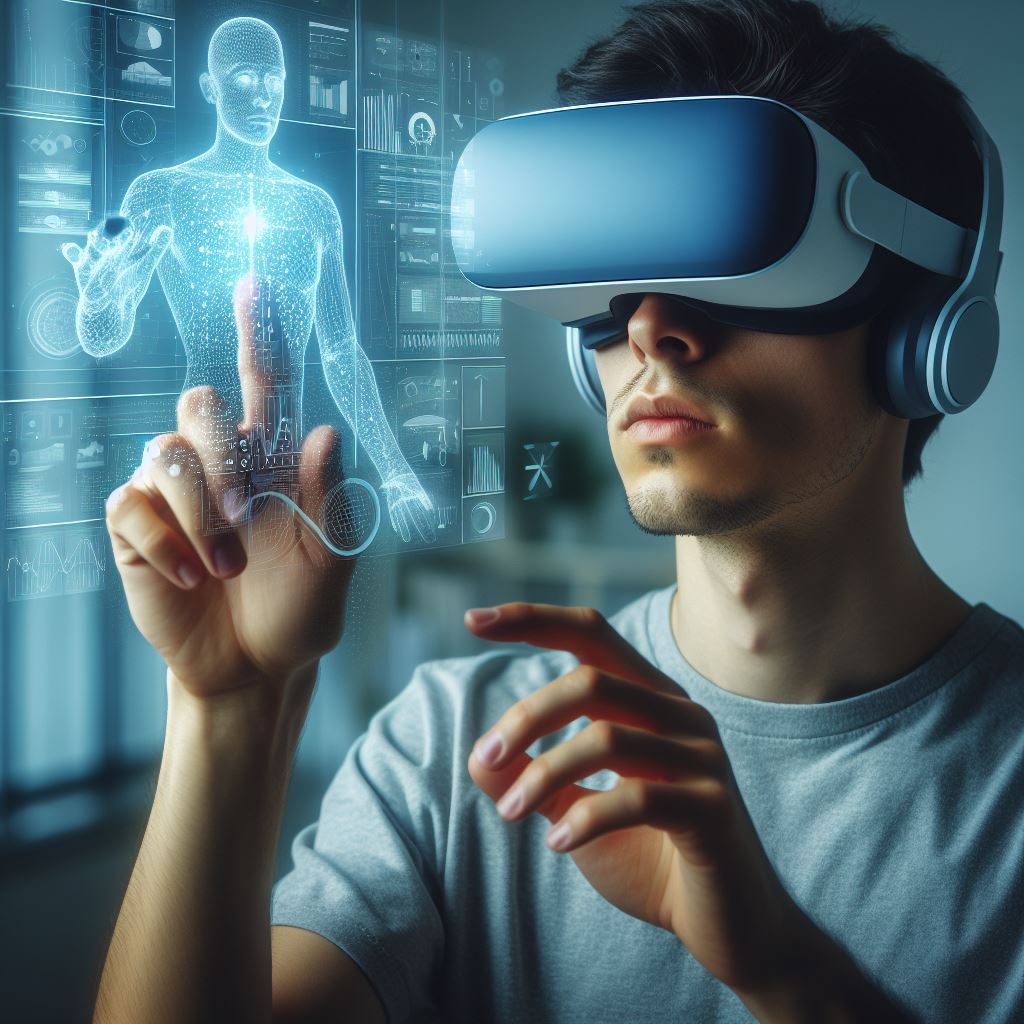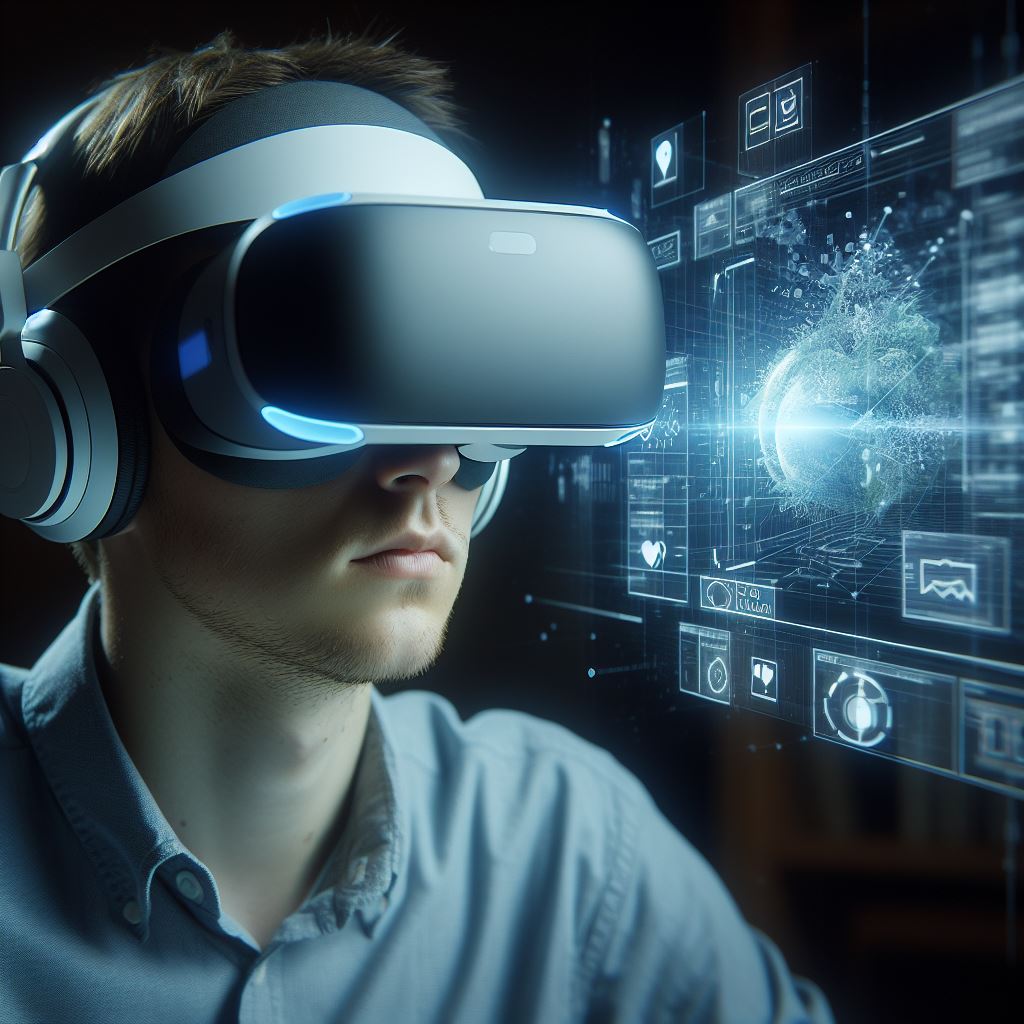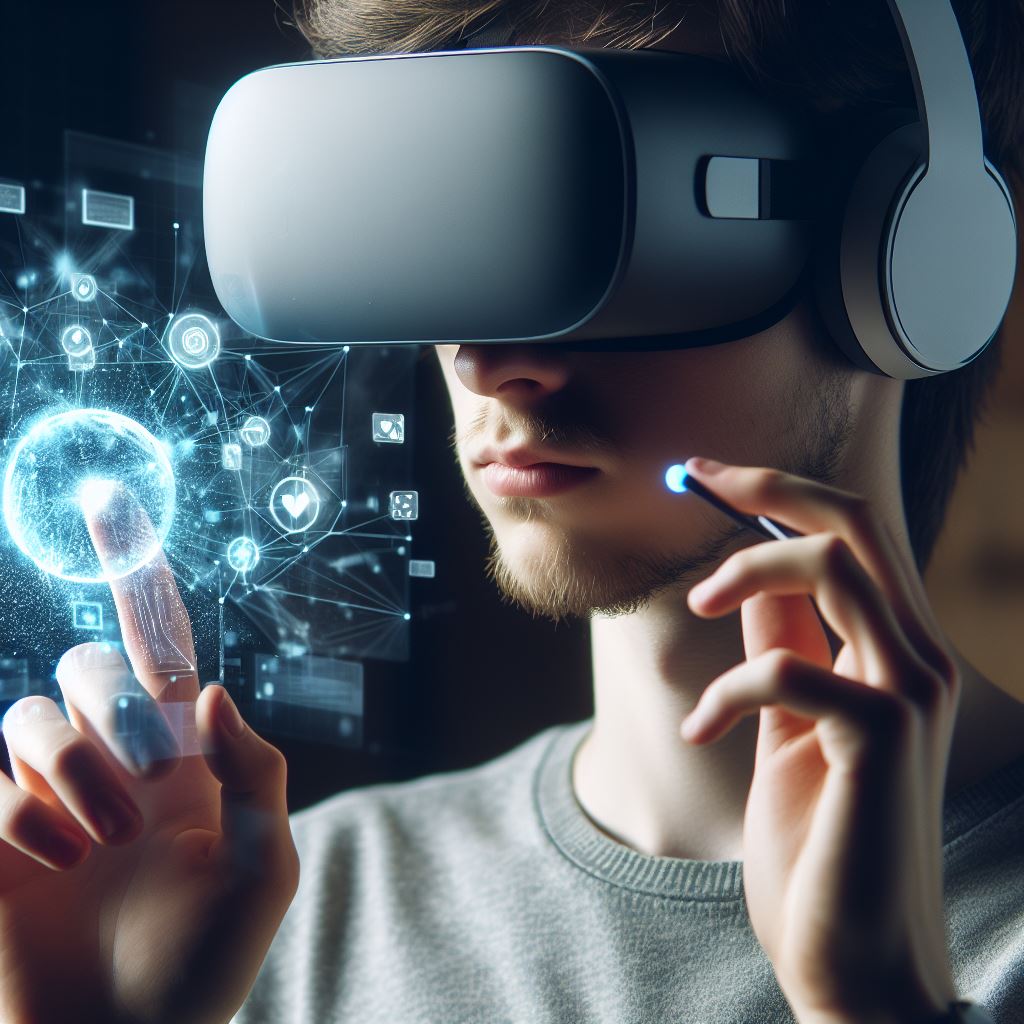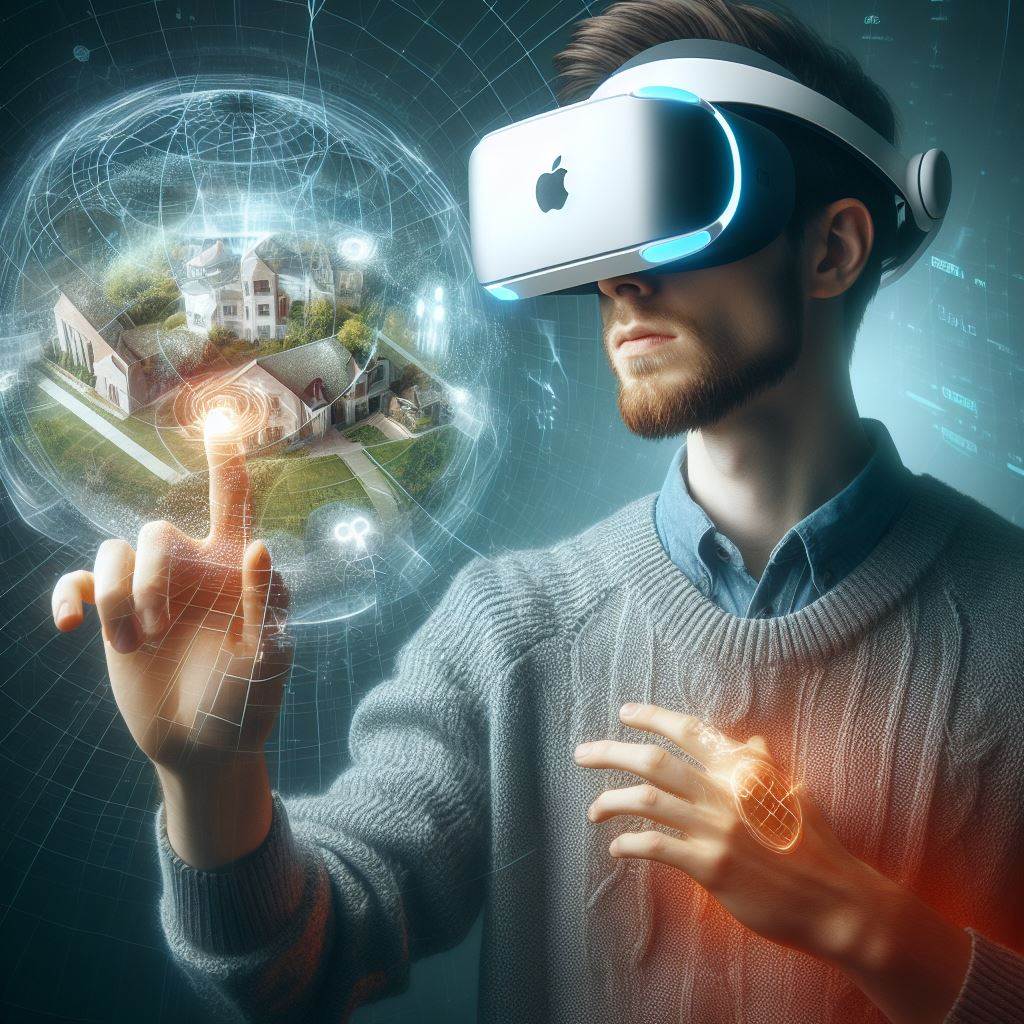- A Market Still Taking Shape
- Apple's Stumble: A Learning Opportunity?
- The Competition Heats Up
- The Road Ahead for Apple
- The Evolving Landscape of Mixed Reality
- The Ripples of Apple's Stumble: Impact on the Industry
- The Need for Collaboration
- Focus on Content and Applications
- The Long Game
- A Bright Future, But Challenges Remain
Apple’s Vision Pro Hits Reality Check: Production Slashed, Update Scrapped as Sales Falter
Apple appears to be rethinking its mixed reality headset strategy after reportedly slashing production of the recently launched Vision Pro and canceling plans for a 2025 update. Analyst Ming-Chi Kuo, known for his accurate Apple predictions, claims the company has cut production volumes by nearly half, from an anticipated 800,000 units to just 400,000-450,000 in 2024.
This significant reduction comes amidst reports of sluggish sales in the US, the first market where the Vision Pro debuted. The high price tag and, according to some users, clunky design, may have deterred potential buyers.
Kuo suggests that the lackluster US performance has forced Apple to reassess demand. The initial excitement from tech reviewers and influencers may not have translated to broad consumer interest. This has reportedly led Apple to cancel a planned update for the headset in 2025.
The future of Apple’s mixed reality ambitions remains unclear. While the company is known for refining its products over multiple iterations, this early setback suggests they may need to go back to the drawing board to create a more compelling offering for the mainstream market.

Apple’s grand foray into the world of mixed reality (MR) has encountered a significant hurdle. According to a report by analyst Ming-Chi Kuo, a leading Apple authority, the company has dramatically cut production of its recently launched Vision Pro headset. This move comes alongside the reported cancellation of a planned 2025 update, suggesting a potential recalibration of Apple’s MR strategy in the face of disappointing US sales.
Kuo’s report details a near-halving of production volume for the Vision Pro. Initially, Apple reportedly aimed for a production run of up to 800,000 units in 2024. However, this has been slashed to a revised target of 400,000-450,000 units. The timing of this reduction, particularly before the headset’s launch in international markets, underscores the underwhelming performance it has encountered in its initial US rollout.
Several factors may have contributed to the sluggish sales. The Vision Pro’s price tag has been a major point of contention. While Apple products often command a premium, the VR/MR market already boasts established players like Meta offering more affordable options. This price disparity could be a significant barrier for potential buyers, especially considering the nascent stage of MR technology for personal consumers.
Beyond the cost, user reviews have highlighted the Vision Pro’s physical design as a potential drawback. The headset’s weight and bulkiness may detract from the immersive experience users seek. This is particularly concerning given the emphasis Apple typically places on sleek and user-friendly design in its products.
The current situation raises questions about Apple’s long-term vision for the MR space. The company is renowned for iteratively refining its products, with iPhones and iPads evolving significantly over numerous generations. However, the early cancellation of a planned 2025 update for the Vision Pro suggests a more fundamental issue. Apple may need to re-evaluate its approach to cater to the specific needs and preferences of the MR market.
A Market Still Taking Shape
The MR market itself is currently undergoing a period of significant development. While virtual reality (VR) has garnered more mainstream attention in recent years, MR offers a unique blend of the real and virtual worlds. This allows users to interact with digital elements overlaid onto their physical surroundings. The potential applications for MR are vast, encompassing areas like gaming, education, design, and even professional workflows.
However, MR technology requires significant advancements to achieve widespread adoption. Hardware needs to become more lightweight and comfortable, while software developers need to create a compelling library of MR experiences. Businesses and consumers are still grappling with understanding the true value proposition of MR technology in everyday life.
Apple’s Stumble: A Learning Opportunity?
Apple’s early struggles with the Vision Pro shouldn’t necessarily be seen as a complete failure. The company’s involvement in the MR space can be viewed as a strategic move to explore a nascent market with significant potential. While the initial execution may have fallen short, the learnings from this experience can be invaluable in shaping future iterations of the product.
There are several areas where Apple can potentially course-correct. Re-evaluating the price point to make the Vision Pro more competitive could be a crucial step. Refining the design to create a more comfortable and user-friendly experience is also essential. Additionally, Apple can leverage its existing strengths in software development to create a robust ecosystem of MR apps and experiences that showcase the unique capabilities of the technology.

The Competition Heats Up
Apple is not alone in the MR race. Established players like Meta (formerly Facebook) have been actively developing VR and MR headsets for years. Meta’s Quest line offers a more accessible entry point into the VR market, and the company is expected to unveil a more advanced MR headset in the near future. Additionally, other tech giants like Google and Microsoft are also exploring the MR space, with their own hardware and software solutions in development.
The Road Ahead for Apple
The future of Apple’s MR ambitions remains uncertain. The company’s decision to slash production and cancel an update suggests a period of reevaluation. However, Apple’s history of innovation shouldn’t be discounted. The company has a proven track record of adapting and refining its products based on market feedback. This early setback in the MR space could be a valuable learning experience that paves the way for a more successful next iteration.
The Evolving Landscape of Mixed Reality
The broader landscape of MR technology is also worth considering. While Apple’s initial offering may have stumbled, the technology itself holds immense promise. As hardware and software continue to develop, MR has the potential to revolutionize various aspects of our lives. From enhanced gaming experiences to immersive learning environments, MR offers a unique way to bridge the gap between the physical and digital worlds.
The Ripples of Apple’s Stumble: Impact on the Industry
Apple’s struggles with the Vision Pro could have a ripple effect on the entire MR industry. Here’s how:
- Investor Confidence: A prominent company like Apple experiencing difficulties in the MR space could dampen investor enthusiasm for the entire sector. This might make it harder for smaller startups developing MR technologies to secure funding.
- Consumer Perception: Negative media coverage surrounding the Vision Pro’s performance could paint MR technology in a negative light for consumers. This might lead to a perception of MR as unpolished, expensive, and lacking in practical applications.
- A Catalyst for Change? On the other hand, Apple’s misstep could become a catalyst for positive change within the MR industry. If competitors view this as an opportunity and double down on creating more affordable, user-friendly MR experiences, it could accelerate the technology’s growth.
The Need for Collaboration
The advancement of MR technology might benefit from greater collaboration between tech giants and smaller, innovative companies. While Apple possesses significant resources, smaller firms might be nimbler and more adaptable in navigating the evolving MR landscape. Collaboration could unlock the collective strengths of established players and agile startups, leading to more compelling MR experiences for users.
Focus on Content and Applications
Beyond hardware, the success of MR hinges on the development of a robust software ecosystem. Engaging and well-designed applications tailored for MR experiences are crucial for attracting and retaining users. This is an area where both hardware manufacturers and software developers need to invest heavily.
The Long Game
Despite Apple’s current challenges, MR technology holds immense potential to transform various industries. Whether in education, healthcare, design, or entertainment, MR offers unique ways to interact with information and complete tasks. Companies entering this space need to adopt a long-term perspective, understanding that significant time and investment might be required before MR reaches its full potential.

A Bright Future, But Challenges Remain
Although Apple’s initial foray into MR hasn’t been smooth sailing, it shouldn’t overshadow the technology’s potential to revolutionize how we interact with the world around us. Continued advancements in hardware and software, combined with a focus on user experience and content creation, are essential ingredients for the success of the MR industry. While Apple’s stumbles might cause a temporary setback, the long-term outlook for MR remains promising. As the technology matures and the industry learns from its early challenges, we can expect a future where MR becomes seamlessly integrated into our everyday lives.



